Our allegiance to the pledge
Most American schoolchildren begin each day with the Pledge of Allegiance. But the U.S. Supreme Court is now considering whether the phrase “one nation, under God” renders it unconstitutional. How long have Americans been pledging allegiance?
Who wrote the pledge?
A 37-year-old socialist minister named Francis Bellamy. Bellamy, a Northern Baptist from Boston, was prominent in the Christian Socialist movement, which taught that capitalism bred the un-Christian vice of greed. After years of condemning the evils of capitalism, Bellamy was forced from his pulpit for sermons with themes such as “Jesus the Socialist.” Out of work, the preacher was hired by a friend, the publisher of a popular family magazine, The Youth’s Companion, to help with public relations. The magazine had made a cause of promoting flags in public schools, and Bellamy wrote the pledge as part of that campaign. The version of the pledge that the magazine published, unsigned, on Sept. 8, 1892, is remarkably similar to the one we know today. It read: “I pledge allegiance to my flag and to the Republic for which it stands, one nation indivisible, with liberty and justice for all.”
What was Bellamy’s inspiration?
The Week
Escape your echo chamber. Get the facts behind the news, plus analysis from multiple perspectives.

Sign up for The Week's Free Newsletters
From our morning news briefing to a weekly Good News Newsletter, get the best of The Week delivered directly to your inbox.
From our morning news briefing to a weekly Good News Newsletter, get the best of The Week delivered directly to your inbox.
As a socialist, Bellamy believed in a strong national government; his primary concern, he would later write, was to foster national unity in a country where the wounds of the Civil War were still fresh. The opening words, “I pledge allegiance,” just tumbled onto the paper, he said, with the following 20 words flowing after “two hours of arduous mental labor.” To make the “‘one nation’ idea clear,” he explained, “we must specify that it is indivisible.” Bellamy was tempted to appropriate the slogan of the French Revolution—“Liberty, equality, fraternity.” He rejected that, though, as “too fanciful, too many thousands of years off in realization.” But, he said, if America was not yet ready for equality, “we as a nation do stand square on the doctrine of liberty and justice for all.”
How did the pledge catch on?
The Youth’s Companion was the largest-selling periodical of its time, with a circulation of 500,000. The magazine urged schools to incorporate the pledge in flag-raising ceremonies marking the 400th anniversary of Columbus’ arrival in the New World. President Benjamin Harrison issued a proclamation making the flag ceremony the focal point of the Columbus Day celebration, and 12 million American schoolchildren recited the pledge for the first time on Oct. 21, 1892. It proved to be such a popular and uplifting event that thousands of schools made the pledge a daily ritual.
How did the pledge evolve?
A free daily email with the biggest news stories of the day – and the best features from TheWeek.com
-
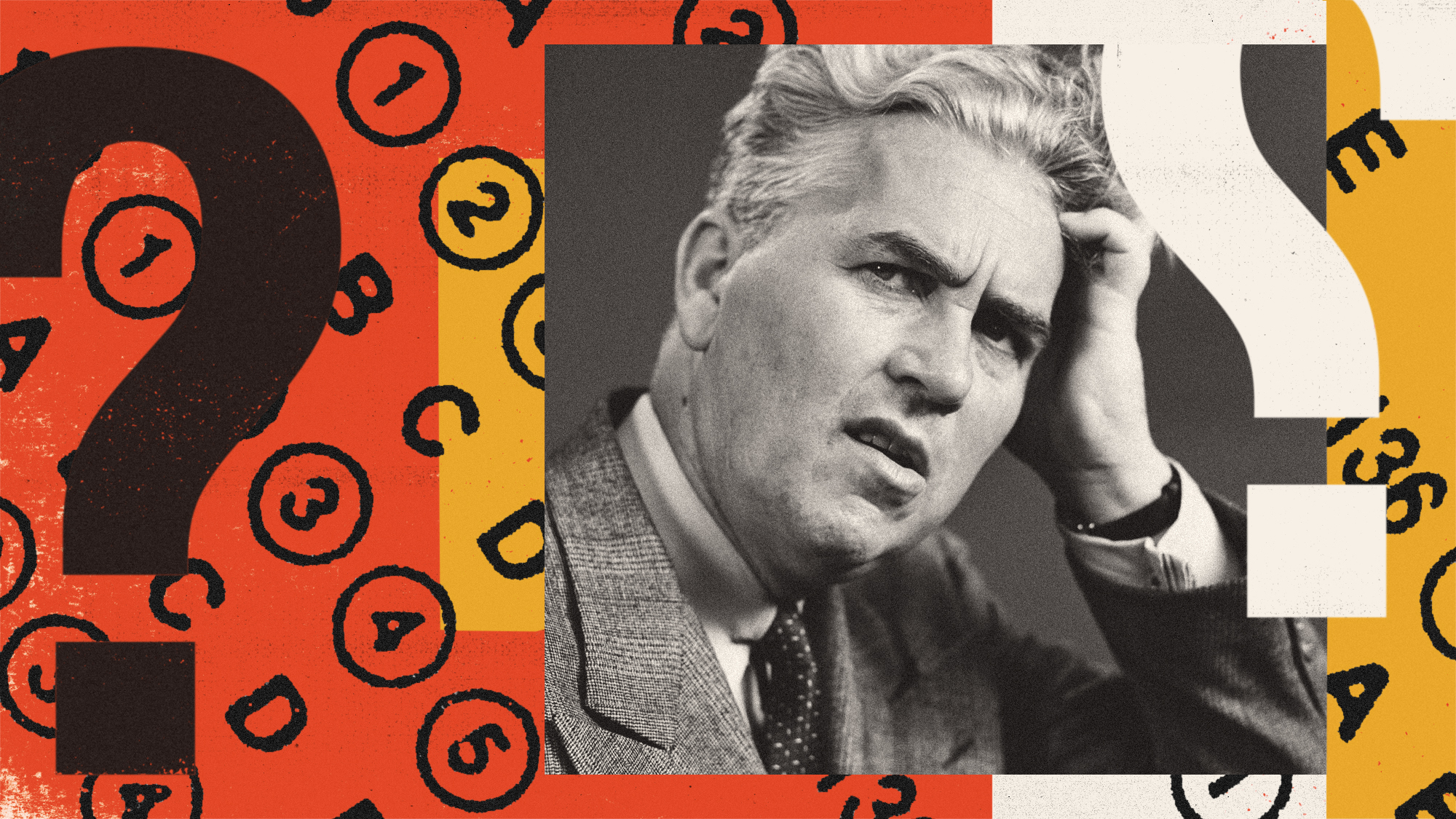 The Week’s big New Year’s Day quiz 2026
The Week’s big New Year’s Day quiz 2026Quiz of the Year How much do you remember about 2025’s headlines? Put yourself to the test with our bumper quiz of the year
-
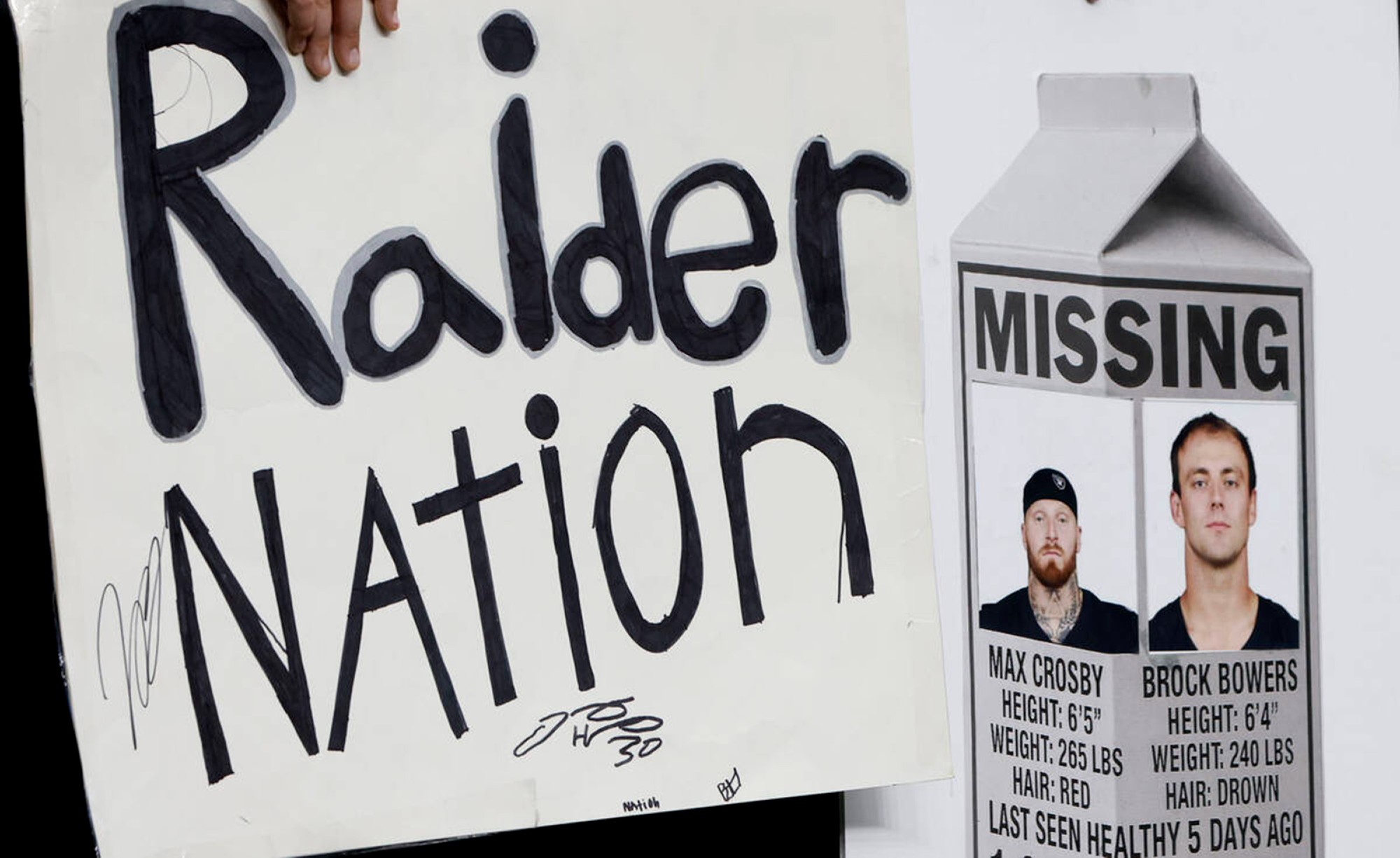 Is tanking ruining sports?
Is tanking ruining sports?Today's Big Question The NBA and the NFL want teams to compete to win. What happens if they decide not to?
-
 ‘Netflix needs to not just swallow HBO but also emulate it’
‘Netflix needs to not just swallow HBO but also emulate it’instant opinion Opinion, comment and editorials of the day
-
 Bari Weiss’ ‘60 Minutes’ scandal is about more than one report
Bari Weiss’ ‘60 Minutes’ scandal is about more than one reportIN THE SPOTLIGHT By blocking an approved segment on a controversial prison holding US deportees in El Salvador, the editor-in-chief of CBS News has become the main story
-
 Has Zohran Mamdani shown the Democrats how to win again?
Has Zohran Mamdani shown the Democrats how to win again?Today’s Big Question New York City mayoral election touted as victory for left-wing populists but moderate centrist wins elsewhere present more complex path for Democratic Party
-
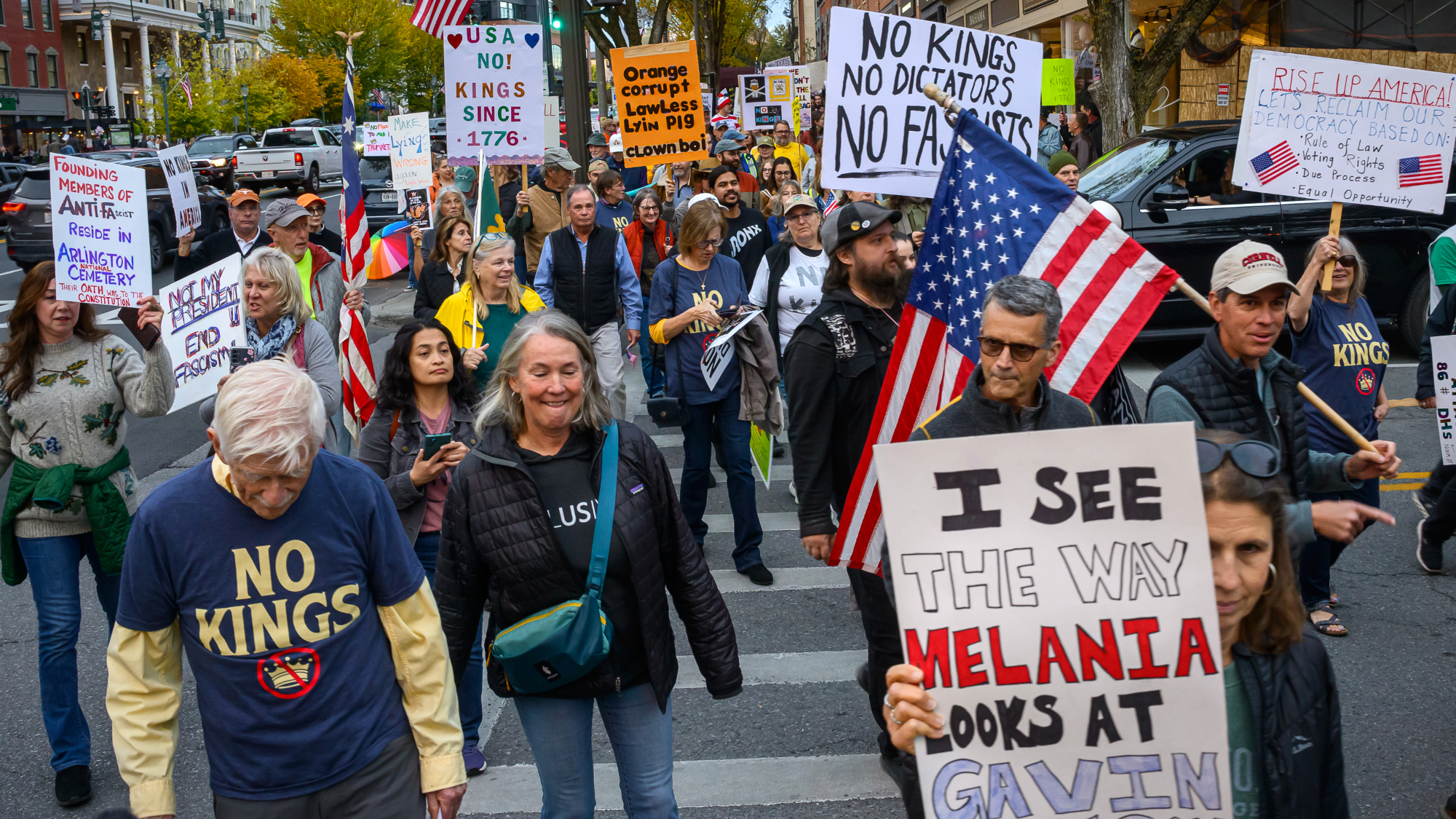 Millions turn out for anti-Trump ‘No Kings’ rallies
Millions turn out for anti-Trump ‘No Kings’ ralliesSpeed Read An estimated 7 million people participated, 2 million more than at the first ‘No Kings’ protest in June
-
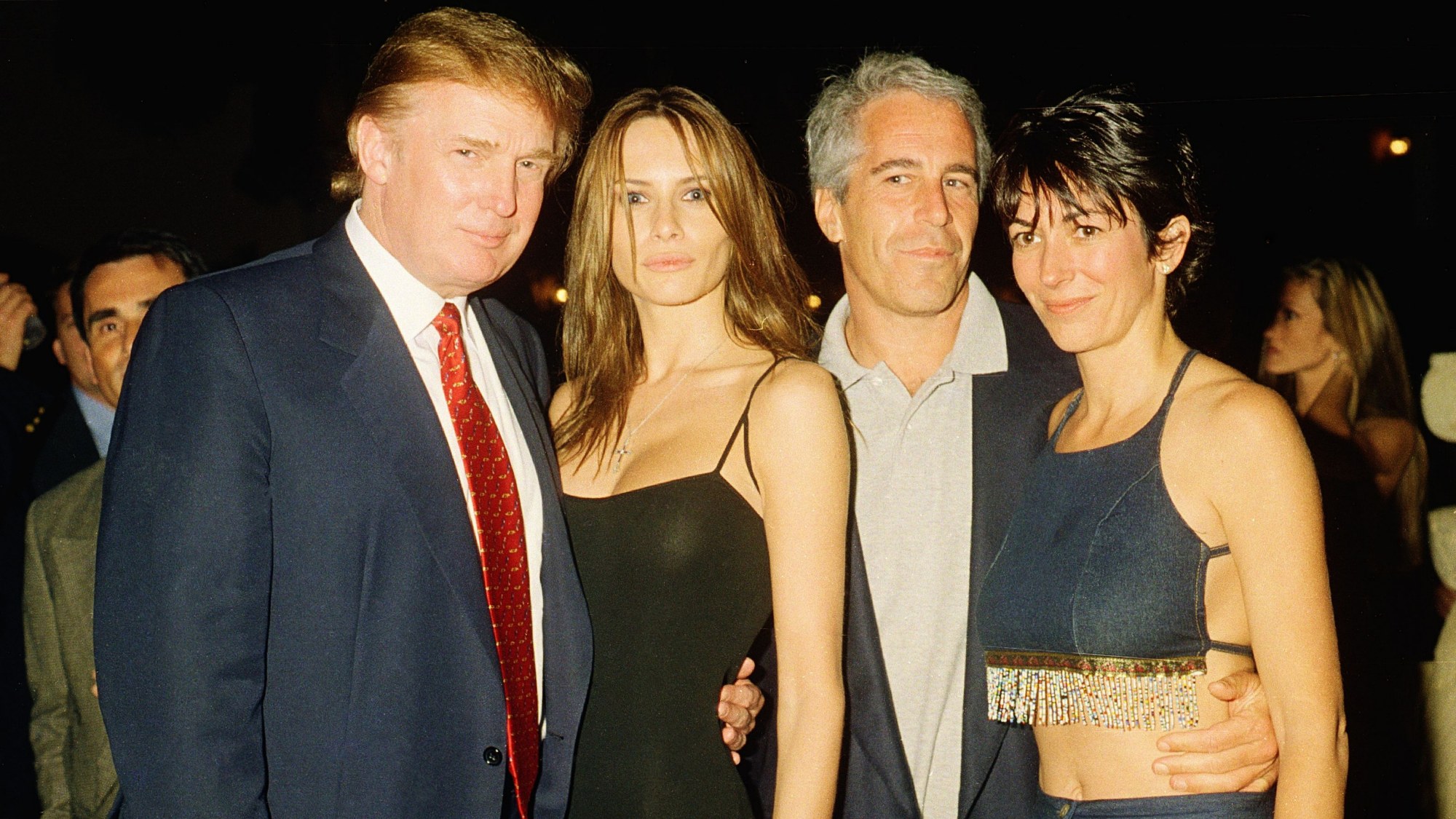 Ghislaine Maxwell: angling for a Trump pardon
Ghislaine Maxwell: angling for a Trump pardonTalking Point Convicted sex trafficker's testimony could shed new light on president's links to Jeffrey Epstein
-
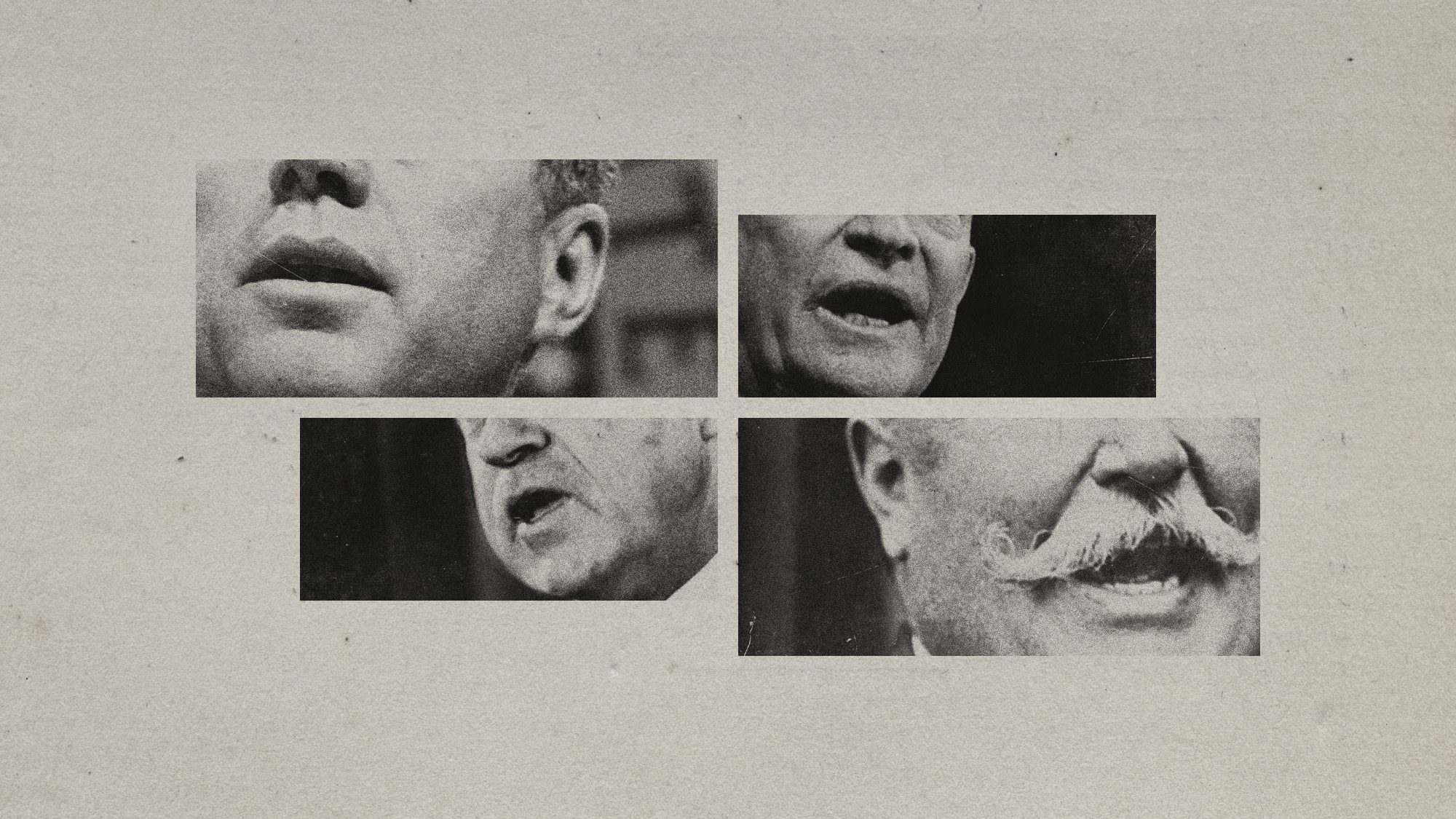 The last words and final moments of 40 presidents
The last words and final moments of 40 presidentsThe Explainer Some are eloquent quotes worthy of the holders of the highest office in the nation, and others... aren't
-
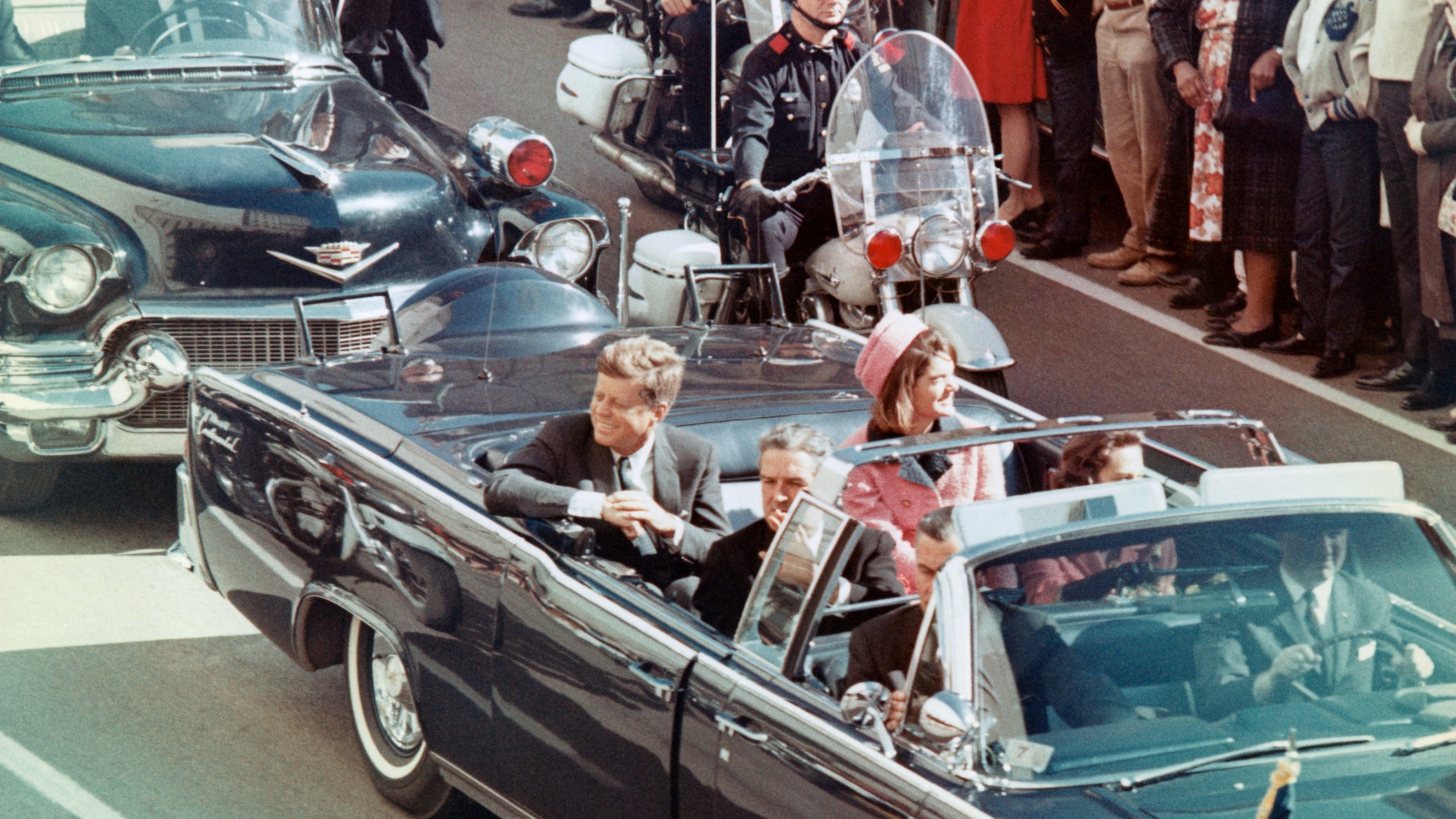 The JFK files: the truth at last?
The JFK files: the truth at last?In The Spotlight More than 64,000 previously classified documents relating the 1963 assassination of John F. Kennedy have been released by the Trump administration
-
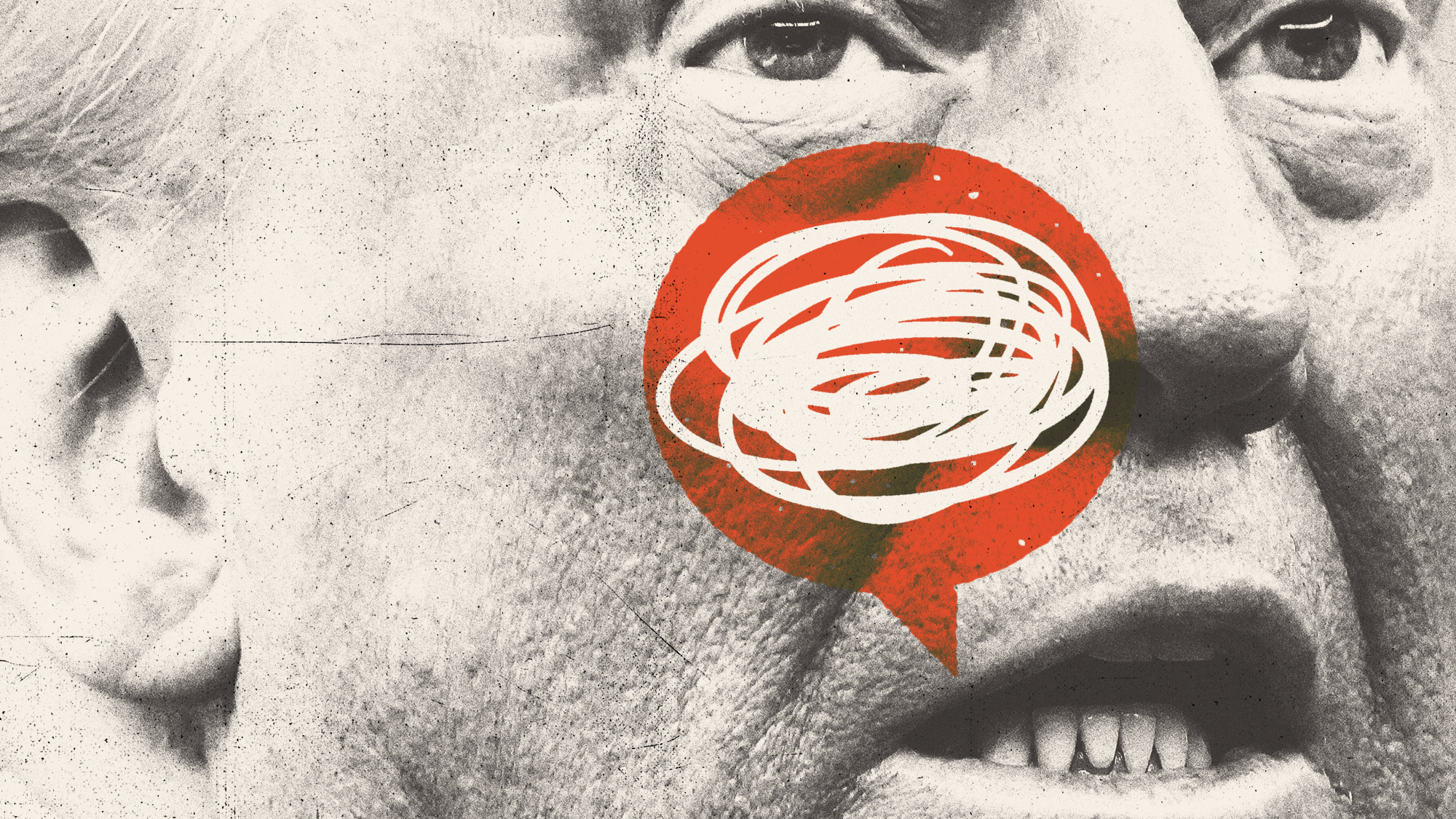 'Seriously, not literally': how should the world take Donald Trump?
'Seriously, not literally': how should the world take Donald Trump?Today's big question White House rhetoric and reality look likely to become increasingly blurred
-
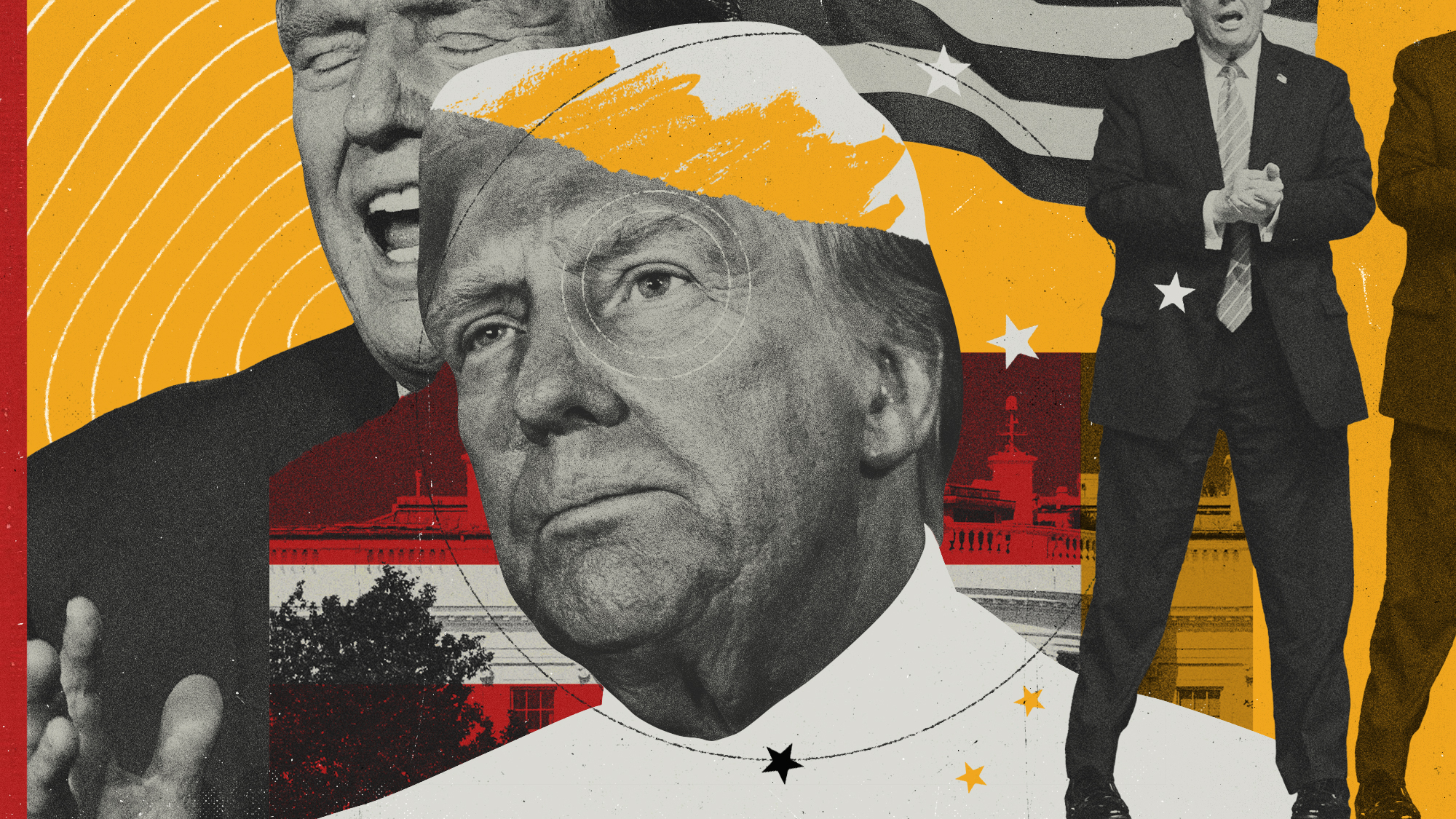 Will Trump's 'madman' strategy pay off?
Will Trump's 'madman' strategy pay off?Today's Big Question Incoming US president likes to seem unpredictable but, this time round, world leaders could be wise to his playbook